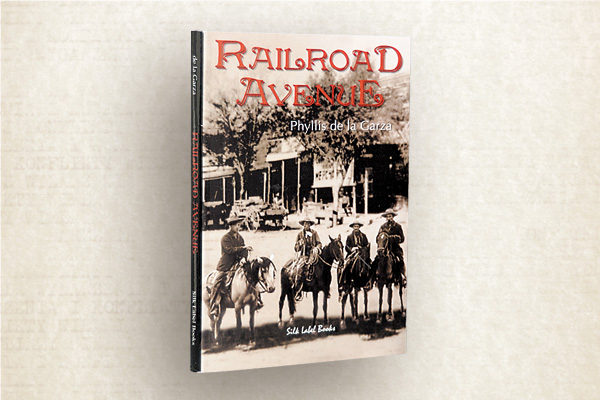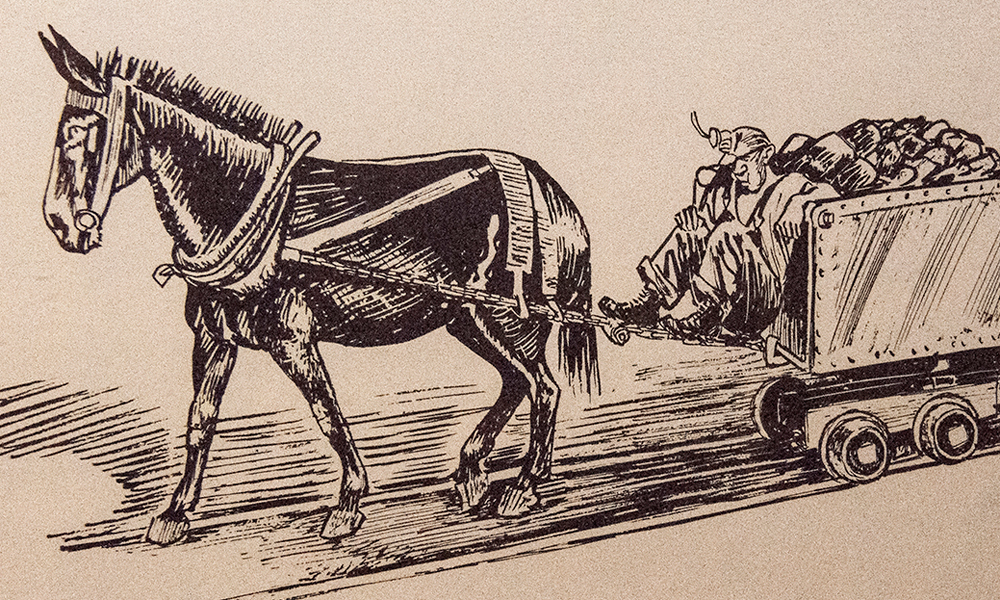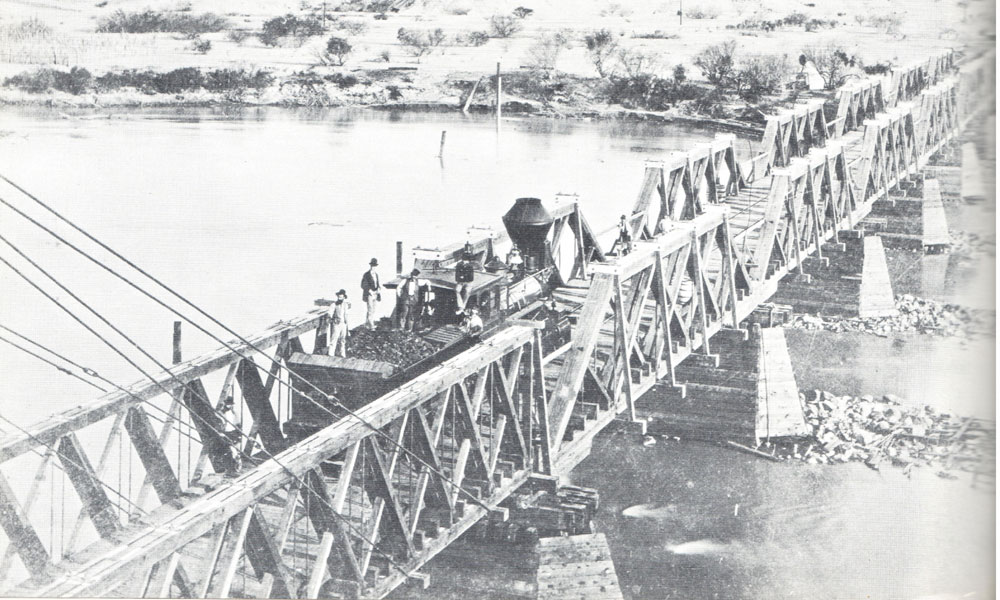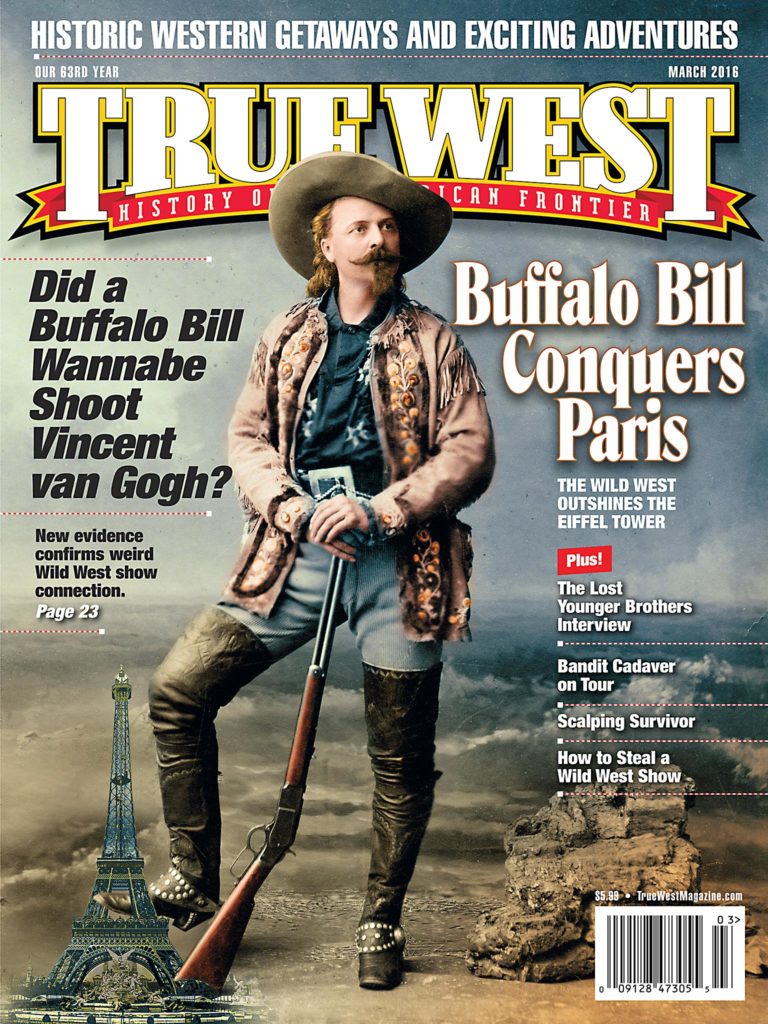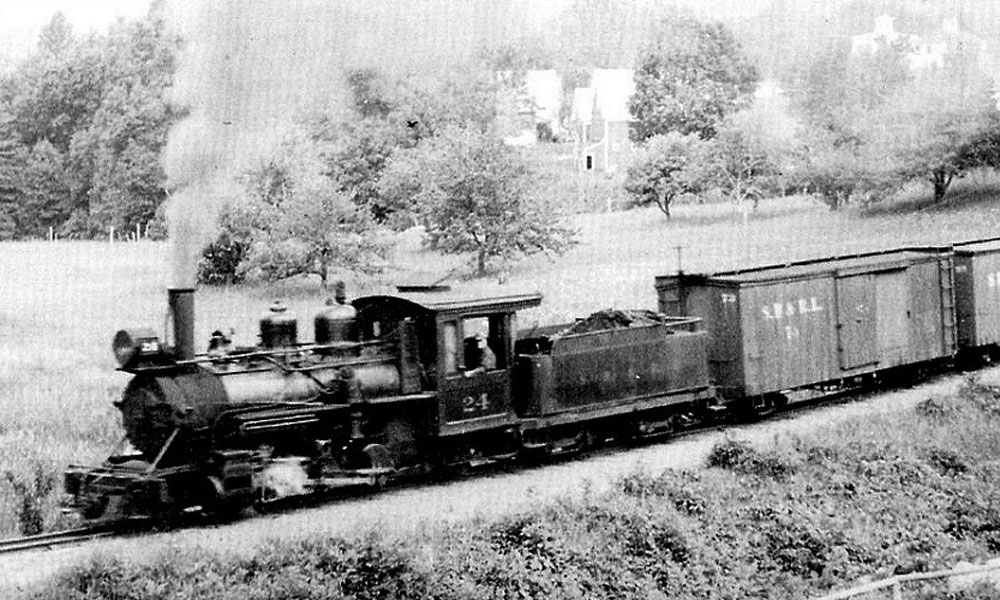
When Sarah Clark Kidder found herself the owner of the majority of stock in the Nevada County Narrow Gauge Railroad at her husband’s death in 1901, nobody would have expected her to take control of the business. After all, women were dismissed as having no “business sense” in those days, and Sarah had shown herself for the thirty years of her marriage as a happy and successful homemaker in Grass Valley, California. Her beautiful scroll-saw mansion was a favorite for teas and female gatherings, and she was known for the beautiful silk gowns she sewed for herself and her daughter. Her late husband, John, was eulogized as “the most important man to the welfare and progress of Nevada County.” Little did history know then that his wife was about to make history of her own and prove herself just as valuable to the welfare and progress of the county as her husband. Sarah Kidder didn’t just keep the line running: she paid off the surprising $263,000 debt she discovered on John’s death, issued $117,000 in dividends—the first dividends in the line’s history–and built a surplus of almost $200,000. Her years as president of the railroad are known as its “Twelve Golden Years,” as she outdid her late husband and the men who eventually bought her out in 1913. Nobody is sure how this traditional woman—she believed females should give the home “all their attention” and opposed suffrage—got such business sense, or where she learned to make remarkable profits, but it was a good show for the first woman in the world to ever head a railroad.


